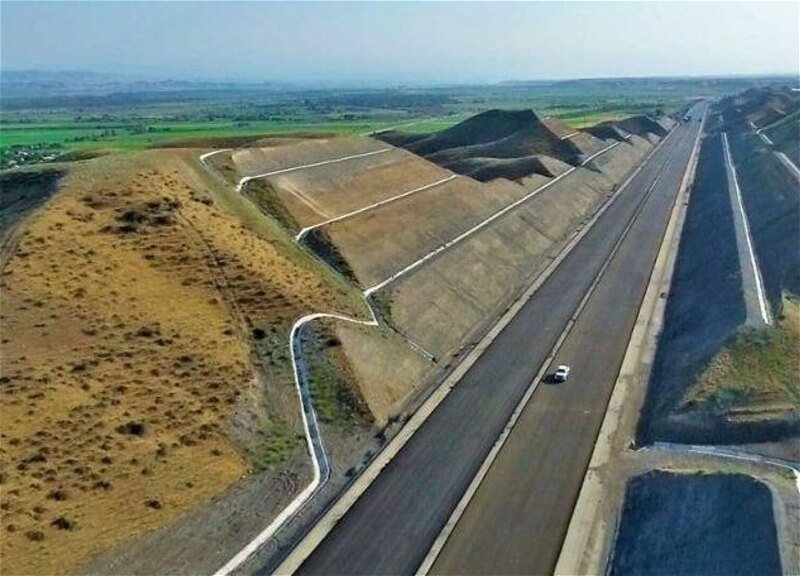BAKU, July 20 — As peace between Armenia and Azerbaijan inches closer, the long-discussed Zangezur Corridor is once again in the spotlight—only now as a high-stakes strategic project extending far beyond its original purpose.
Initially envisioned in the November 10, 2020 trilateral agreement as a direct land link between mainland Azerbaijan and its Nakhchivan exclave, the Zangezur Corridor has since evolved in scope and ambition. Today, it is viewed not just as a domestic infrastructure connection, but as a future hub in a broader regional and transcontinental transport network—potentially linking Central Asia, the South Caucasus, the Middle East, and Europe.
Baku Builds, Region Watches
Azerbaijan has spent the last several years steadily investing in transportation and logistics. From expanding the Port of Alat—the largest on the Caspian Sea—to developing the Baku–Tbilisi–Kars railway, digitalizing customs procedures, and creating multimodal hubs, Baku has positioned itself as a reliable alternative amid global instability.
Now, the Zangezur Corridor is increasingly seen as a crucial piece of this network. Azerbaijan’s President Ilham Aliyev estimates that the corridor could handle up to 15 million tons of cargo in its initial phase, becoming an integral part of the “Middle Corridor”—a trade route connecting China to Europe via Central Asia and the South Caucasus, bypassing both Russia and Iran.
Construction on the Azerbaijani side is almost complete. According to Aliyev, the railway segment to the Armenian border could be operational as soon as spring 2026. The corridor would also enhance the North–South route, providing a second axis for cargo flows from Russia through Azerbaijan into Iran and potentially onward to Turkey and the Persian Gulf.
Meanwhile, Silence from Yerevan
In stark contrast, Armenia has yet to break ground on its part of the corridor. Despite rhetorical shifts, no concrete progress has been made. “Unfortunately, not a single step has been taken on the Armenian side in five years,” President Aliyev recently noted. “If they continue to block the process, Armenia will not only remain in transport isolation but also face political marginalization.”
Aliyev warned that Armenia’s inaction risks turning the country into a geopolitical dead-end, bypassed by the very networks that could secure its economic future.
International Dimensions
The corridor has also drawn global attention. Recently, U.S. Ambassador to Turkey Tom Barrack made headlines by suggesting that the Zangezur section be leased to the United States for 100 years to manage. Though Armenia swiftly denied any such plans, and Azerbaijan rejected the idea of foreign operators on its territory, the remark reflects growing interest from major powers in the region’s transport future.
Aliyev made his position clear: “There will be no operator, no lease, no rental on our territory. We are building it ourselves. What Armenia chooses to do is their business.”
Security Concerns Remain
Azerbaijan insists on full, uninterrupted access to its exclave—without Armenian border control, foreign mediation, or physical contact that could threaten the safety of its citizens. Aliyev cited historical grievances, recalling that during the Soviet era, stones were thrown at cargo trains passing through Armenian territory. “This happened under strict Soviet discipline,” he said. “We cannot risk the safety of our people today.”
A Strategic Fork in the Road
For Armenia, the corridor is no longer just about politics—it’s a question of relevance. As neighboring countries expand their logistical capacity and global powers weigh in, Yerevan faces a choice: join the region’s integration or fall into self-imposed isolation.
The Zangezur Corridor may well be the litmus test for the South Caucasus’ next chapter. Armenia’s decision—to build or to stall—will shape its place in that future.




